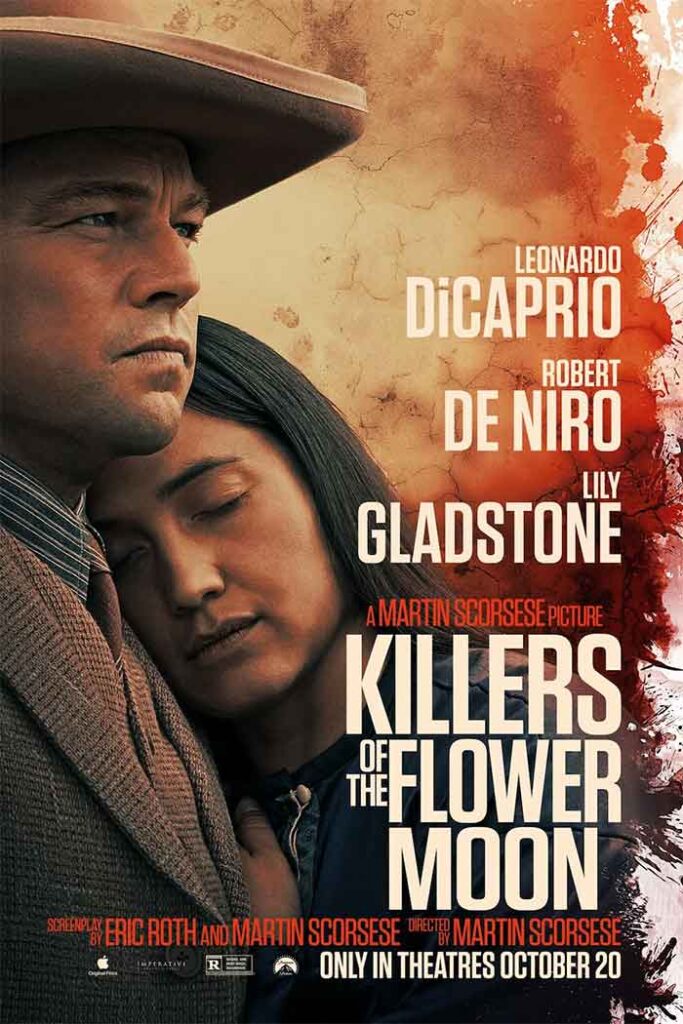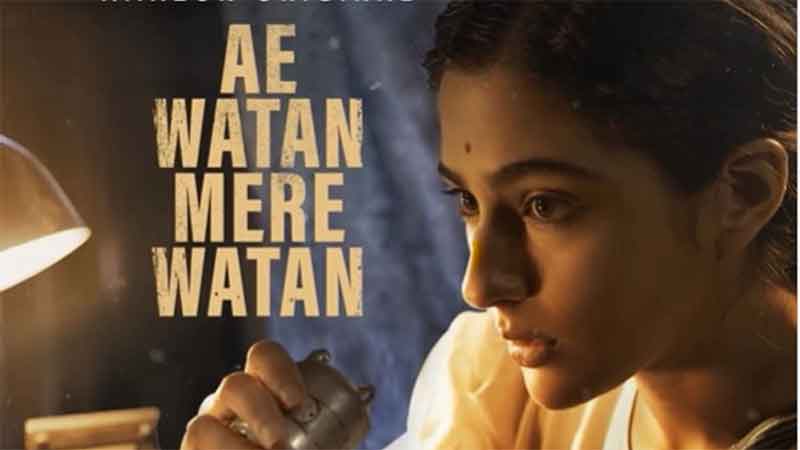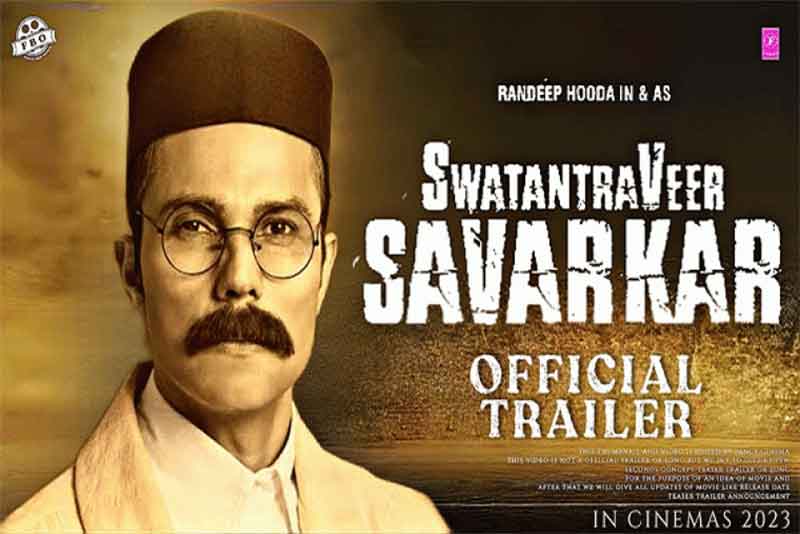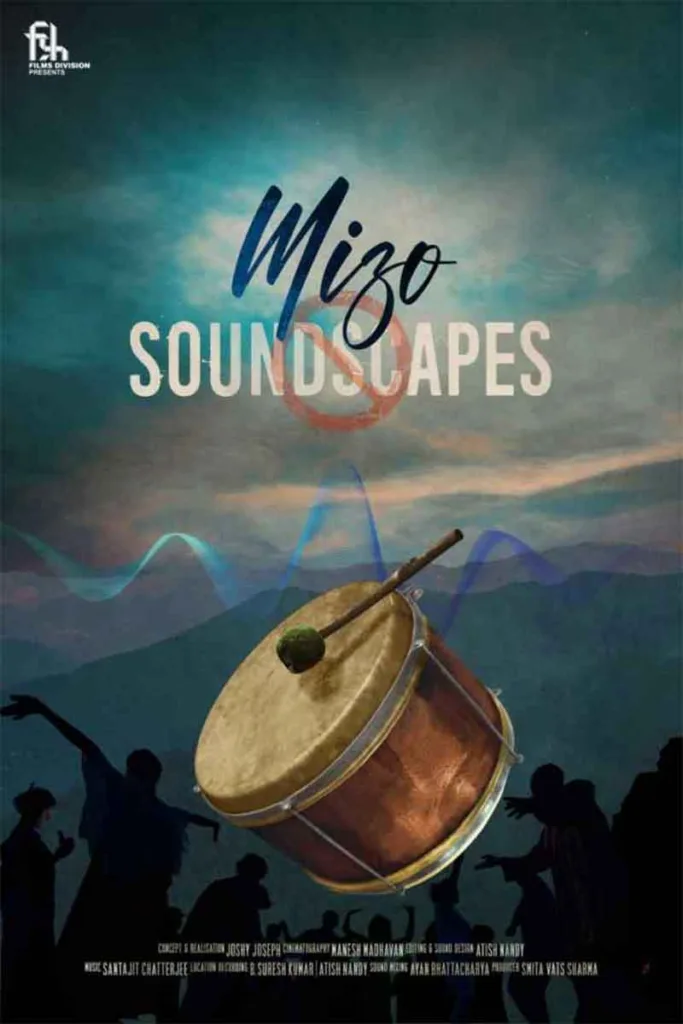
Martin Scorsese’s latest film Killers of the Flower Moon is based on the Osage Indian murders – a series of brutal killings of the Native American Osage people by white American landowners – which took place in Osage County, Oklahoma, from 1981 to 1931. An adaptation of the book “Killers of the Flower Moon: The Osage Murders and the Birth of the FBI” by David Brann, the film’s primary focus is on the first part of the book’s subtitle.
In a day and age where the short-form is becoming increasingly popular in visual media and the entertainment industry, Killers of the Flower Moon goes beyond the more “comfortable” duration that people are getting (or have gotten) attuned to. With a runtime of almost three and a half hours, the film takes its time to meticulously establish the setting and atmosphere, allowing the audience to get intimately acquainted with the characters, and defines their relationships with one other within the broader socio-political milieu of the post-WW1 USA. Doing so becomes necessary in this case because Killers of the Flower Moon is not really concerned with the investigations that put an end to the “Reign of Terror,” but rather the overlooked and forgotten pages of history dealing with the extreme side of capitalist imperialism and its disastrous impact on the native population; specifically, on the way the Native American Osage people were systematically manipulated, exploited, controlled, and killed by powerful white businessmen in order to make profits.
The film is structured in such a way that all the events leading up to the arrival of the Bureau of Investigation puts us in a helpless position where we can only sympathise with the Native Americans and hope for some sort of divine intervention. Robert De Niro as William Hale looms over the county like a tombstone. Molly Kyle, played by Lily Gladstone, becomes a symbol for the Osage people. She gets caught up in a wicked cycle of manipulation and deceit, and as she watches her entire family get killed off one by one, her anguish is felt viscerally through Lily Gladstone’s performance. It would not come as a surprise to me if Gladstone gets nominated for and wins a bunch of awards for this, because after this performance, she really deserves it.
The central character of the film, however, is a man who the audience would not like to identify with – Ernest Burkhart, William Hale’s nephew, played by Leonardo DiCaprio. It is established very early in the film that he is not really bright and is extremely gullible. This allows us to expect him to somehow mend his ways at some point, but that never happens. The fact that he is so easily manipulated makes him much of a bigger threat to Molly. DiCaprio, as always, delivers an convincing performance. He makes us despise the character; initially it seems as if he could come to his senses, but he eventually proves to be utterly irredeemable. Putting such a character in the centre of the narrative puts the audience at an uncomfortable position. As passive spectators, it is natural for us to take the moral high ground, but once the film stops rolling, the moments of introspection settle in. Are we as gullible as Burkhart? Do we allow ourselves to be beguiled by money and influence? Have we forsaken our individual ideas of morality and ethics? The present geopolitical situation of the world forces us to raise such questions. And this is where the film becomes political.
The very first scene of the film, which shows the native elders make a prediction, lamenting the fate of their descendants’ culture and life at the hands of the white settlers, puts an emphasis on the native American people’s beliefs and practices, validating it rather than simply exoticizing it. Scorsese maintains it throughout the film, like how Molly’s mother’s visions are not demystified. The massive generation gap caused due to the intervention of the colonisers and Christianity into the community is frequently highlighted. The natives’ jubilant dance on the discovery of oil in their land is shown in slow motion to highlight the enormity of the event, and to underline its long-term consequences on the natives – it would make them temporarily rich, but would subject them to almost two decades of ruthless annihilation. Modernisation had to come with a price. In every culture that has been a victim of imperialism, it has been the same.
Frantz Fanon described the colonists’ world in his book “The Wretched of the Earth” by saying: “The colonist’s sector is built to last… a sector of lights and paved roads… The colonist’s sector is a sated, sluggish sector, its belly is permanently full of good things.” On the other hand, he described the colonised people’s world by saying: “the reservation… [is] a disreputable place inhabited by disreputable people. You are born anywhere, anyhow. You die anywhere, from anything. It’s a world with no space, people are piled one on top of the other, the shacks squeezed tightly together. The colonised’s sector is a famished sector, hungry for bread, meat, shoes, coal, and light.”
Fanon believed that a system of absolute violence could only be opposed through similar violence; but in the case of the Osage natives, it took the intervention of the newly formed Bureau of Investigation to end the “Reign of Terror.” The film is not structured like a mystery thriller, so the FBI angle is introduced in its last quarter. Jesse Plemons’s entry in the film was welcomed with instant murmurs in the theatre, given his repertoire of portraying extremely interesting characters, and he, too, delivers the role of the FBI agent in the few scenes he is in.
All in all, Killers of the Flower Moon is not only the revival of a forgotten historical document, but also another great piece of art in Martin Scorsese’s legendary oeuvre.
Aditya Modak is a film scholar, author, and filmmaker from Tripura.















































